18
May 2015
06
Mar 2012
Another microscopy update for you!
If you’ve ever had to examine birefringent materials microscopically, chances are you’ve used polarizing microscopy. But if not, and you feel like learning something about it, check out this article at BitesizeBio!
l
Image Credit ardelfin at Morguefile
18
Jan 2012
Time for another fun microscopy update! If you’re working in a lab and use a microscope occasionally, you may have heard about Köhler illumination. It’s certainly worth knowing about if you want to get the most out of your microscope.
d
d
My article at BitesizeBio will not only help to clue you in to its value, but will take you through the steps to achieve it.
d
Image Credit ardelfin at Morguefile
24
Nov 2011
“The Chemical Keys To Thanksgiving Dinner”
This was a very interesting webinar that I joined in on last week, courtesy of the American Chemical Society’s “Joy of Science” Food Chemistry Series.
The speaker was Dr Harold McGee, scientist and author of a regular column in the New York Times, “The Curious Cook”. You may also know him for his ground breaking book “On Food & Cooking: The Science & Lore of the Kitchen.” He writes a lot about the science of cooking, and in particular, the chemistry behind it, and how seasons marry and interact to produce tender, succulent and flavorful dishes.
I thought it might be fun to throw in some food science in our run-up to the Thanksgiving feast! So I’m going to take each of the main points that he covered in turn.
His Thanksgiving presentation covered a variety of things, including:
- The pros and cons of brining
- The two types of turkey muscle and how to cook them
- The stuffing dilemma
- How to make those sweet potatoes sweet
- Why traditional persimmon pudding is nearly black, and how to make it persimmon-colored
f
So today’s post discusses how persimmon gets to be two-tone……..
f
f
Persimmons are beautiful fruits with autumnal orange-red skins and orange flesh. They have a mild flavor that is somewhat reminiscent of pumpkin, but overall is very indistinct, so it’s been difficult finding a lead role for them!
The persimmons that we see in produce stores are an Asian species and come in two general types, one of which requires special handling:
- Fuyu: This flat-based type can be eaten when firm, and is the one that many restaurants tend to serve in salads.
- Hachiya: This elongated type is inedible when firm. And those who try to brave eating them when firm will get to know first-hand how astringent they are. This is a result of their tannin content which only reduces when the flesh has fully ripened into an almost liquid, translucent mass. You can certainly reduce its astringency by wrapping it airtight to hinder its metabolism, or by freezing it so its cells soften prematurely. But its jellylike consistency when ripe is what makes the Hachiya flesh so special.
Once peeled, seeded and puréed, both types produce a creamy mass that is thick enough to hold its shape without leaking fluid. Combined with its indistinct flavor, this makes it a versatile base for dessert sauces, or even as a light dessert itself (Harold McGee suggests just flavoring with sugar and other ingredients like citrus zests and juices, fresh ginger, pineapple juice, rum, or brandy, without thinning the purée too much. Then simply spooning the mixture into ramekins and chilling until set).
d
The Color Persimmon
Served fresh, persimmon purée is bright and colorful. But when cooked in a traditional persimmon pudding, it becomes something entirely different. For example, although your recipe may produce a pale orange batter from persimmon purée, eggs, sugar and flour, throw in two hours of steaming and this somehow turns this into a chocolate-brown, richly flavored cake.
f
The pH is in The Pudding
So why the drastic change? Turns out that it’s not the persimmons themselves that are responsible for this metamorphosis, or even the long cooking time. The key, in fact, lies in the pudding’s pH – basically how acid or alkaline it is.
Most recipes for persimmon pudding involve a lot of baking soda (usually a couple of teaspoons per cup of purée). Typically, this alkaline baking soda tends to be used in a batter so it can combine with acidic ingredients and produce carbon dioxide gas. This gas then allows the batter to rise and lighten upon setting.
Persimmons, however, don’t have much acid to be able to react with and neutralize the baking soda. So the excess of baking soda ends up contributing to making the batter alkaline. It is this alkaline condition that actually encourages the “browning reaction”.
f
The Browning Reaction
The browning reaction is what tends to make roasted or toasted foods more brown and flavorful. The energy from high cooking heat causes sugars and proteins to react together and lead to a cascade of reactions that generate lots of new molecules. Some of these are small and tasty, others large and pigmented.
An acid environment makes it harder for sugars and proteins to react, while an alkaline environment makes it much easier. This is why pretzels may be boiled in a baking soda solution before baking – the alkalinity allows their surfaces to become more colorful and flavorful.
With our persimmon pudding, the excess baking soda allows the proteins from the eggs and flour to combine with the fruit sugars at temperatures no higher than boiling point. This reaction occurs all throughout the batter, not just on the surface. So the longer the cooking, the darker the color – but even just one hour of steaming makes a dark pudding.
d
Making Your Persimmon Pudding Persimmon-Colored
McGee suggests replacing the baking soda with baking powder which is a more neutral mix of soda and acid. The reduced alkalinity produces a pudding that is golden rather than dark brown, and has a more fruity taste.
The two tones of persimmon pudding make for a great demonstration of how food pH can affect its color and flavor. Regardless of the chemistry though, it’s certainly a very tasty treat!
d
Happy Thanksgiving everyone! Stay safe, and eat well!
f
Image credit maxstraeten@morguefile
“The Chemical Keys To Thanksgiving Dinner”
This was a very interesting webinar that I joined in on last week, courtesy of the American Chemical Society’s “Joy of Science” Food Chemistry Series.
The speaker was Dr Harold McGee, scientist and author of a regular column in the New York Times, “The Curious Cook”. You may also know him for his ground breaking book “On Food & Cooking: The Science & Lore of the Kitchen.” He writes a lot about the science of cooking, and in particular, the chemistry behind it, and how seasons marry and interact to produce tender, succulent and flavorful dishes.
I thought it might be fun to throw in some food science in our run-up to the Thanksgiving feast! So I’m going to take each of the main points that he covered in turn.
His Thanksgiving presentation covered a variety of things, including:
- The pros and cons of brining
- The two types of turkey muscle and how to cook them
- The stuffing dilemma
- How heating affects the flavor of your sweet potatoes
- Why traditional persimmon pudding is nearly black, and how to make it persimmon-colored
d
So today’s post discusses what makes your sweet potatoes sweet……
d
d
Sweet Potatoes – Not So Sweet!
Sweet potatoes aren’t sweet to begin with – when raw, they contain mostly starchy fibers, and so at this stage they taste about as good as any other raw potato!
They just need a little help to get sweet, and this happens naturally during the cooking process.
Sweet potatoes contain an enzyme, amylase, that breaks down the starch into sugar at certain temperatures. And this reaction works best when the sweet potato is between 135°F and 170°F. So it follows that the longer you can keep the sweet potato within this temperature range, the more starch can convert to sugar.
So if you like your sweet potato casserole extra sweet, one trick is to bake the sweet potatoes low and slow. Sweet potatoes are done when they’re soft all the way through. Steaming and boiling will cook the sweet potato far too quickly, so avoid these rapid methods if you like them sweet.
I think sweet potatoes are one of my favorite parts of the Thanksgiving meal in this country. I could eat them every day.
d
d
Image credit dantada @morguefile
22
Nov 2011
“The Chemical Keys To Thanksgiving Dinner”
This was a very interesting webinar that I joined in on last week, courtesy of the American Chemical Society’s “Joy of Science” Food Chemistry Series.
The speaker was Dr Harold McGee, scientist and author of a regular column in the New York Times, “The Curious Cook”. You may also know him for his ground breaking book “On Food & Cooking: The Science & Lore of the Kitchen.” He writes a lot about the science of cooking, and in particular, the chemistry behind it, and how seasons marry and interact to produce tender, succulent and flavorful dishes.
I thought it might be fun to throw in some food science in our run-up to the Thanksgiving feast! So I’m going to take each of the main points that he covered in turn.
His Thanksgiving presentation covered a variety of things, including:
- The pros and cons of brining
- The two types of turkey muscle and how to cook them
- The stuffing dilemma
- How heating affects the flavor of your sweet potatoes
- Why traditional persimmon pudding is nearly black, and how to make it persimmon-colored
d
So today’s dilemma revolves around the stuffing……
s
Are You a Turkey Person, or a Stuffing Person?
You have to ask this of yourself because unfortunately you can’t have it both ways! Stuffing the turkey will get the lovely juices flowing from the bird into the stuffing itself, producing flavorful stuffing. But you end up with over-cooked breast meat as you try to get the stuffing up to temperature.
We talked earlier about the two types of turkey muscle and how to cook them, and about how cooking a turkey is really one big compromise all around – remember how the goal is to cook it such that the thigh registers at 180 degrees F and the stuffing at 165 degrees F, while at the same time keeping the more delicate breast below 155 degrees F.
So you see how you can’t have it all! Again, it’s all about figuring out what option best suits your tastes:
- Baking the stuffing in the turkey: It’s a no-win situation usually – you have three things in your turkey that need to be cooked to different temperatures! Cook the turkey to suit the thigh meat, and your stuffing is overcooked. Cook to suit the more delicate breast muscle, and your stuffing is undercooked!
- Baking the stuffing separately: This navigates the temperature differential problem, but doesn’t get you that beautiful and flavorful stuffing, courtesy of the turkey’s natural juices.
- A compromise? Harold McGee compromises by baking them separately, and then pouring the turkey drippings onto the stuffing to add flavor that way.
f
All I can say is that I’m glad I’m not doing any cooking this Thanksgiving!
s
s
21
Nov 2011
“The Chemical Keys To Thanksgiving Dinner”
This was a very interesting webinar that I joined in on last week, courtesy of the American Chemical Society’s “Joy of Science” Food Chemistry Series.
The speaker was Dr Harold McGee, scientist and author of a regular column in the New York Times, “The Curious Cook”. You may also know him for his ground breaking book “On Food & Cooking: The Science & Lore of the Kitchen.” He writes a lot about the science of cooking, and in particular, the chemistry behind it, and how seasons marry and interact to produce tender, succulent and flavorful dishes.
I thought it might be fun to throw in some food science in our run-up to the Thanksgiving feast! So I’m going to take each of the main points that he covered in turn.
His Thanksgiving presentation covered a variety of things, including:
- The pros and cons of brining
- The two kinds of turkey muscle and how to best cook them
- The stuffing dilemma
- How heating affects the flavor of your sweet potatoes
- Why traditional persimmon pudding is nearly black, and how to make it persimmon-colored
d
So today’s dilemma revolves around the two different types of meat on your turkey……
d
d
Yet More Compromise
Just as the brining process involves compromise, so does the issue of actually cooking the turkey.
Turkey has 2 different meats – delicate breast meat, and tougher leg meat. The goal of cooking a turkey is such that the thigh registers at 180 degrees F and the stuffing at 165 degrees F, while at the same time keeping the more delicate breast below 155 degrees F.
But it can be a challenge cooking both types of meat properly in the same oven to get them both right! The legs contain a higher proportion of connective tissue that doesn’t begin to break down until about 160 degrees F. This means that the legs need to be cooked to about 165 degrees F. Consequently, by the time the legs are done, the breasts are overcooked and dried.
d
One Tip To Get The Temperatures Right
Ice-down the breast while rest of the bird is coming up to room temperature as you thaw it.
Maintaining a temperature differential of about 10-15 degrees between the breast and the legs will ensure adequate cooking of the leg meat while avoiding overcooking the breast. There are various ways to manipulate this, but one way is to let the legs warm up during thawing, while keeping the breasts chilled.
So take the turkey out of the fridge and allow it to come to room temperature, but pack ice around the breasts. This gives the legs a “heat start” during cooking. Additionally, place the turkey on a rack in the oven so that the breast meat doesn’t get direct heat from the pan.
d
What Will You Choose?
Overall, the best way to keep an unbrined turkey breast moist is to cook it separately, gently and precisely. You only have a narrow window of about 10 degrees in which to get your meat cooked right. It’s just done at about 145 degrees, and becoming dry at 155. But naturally, most people love to cook the whole turkey in one go at Thanksgiving. So go ahead any enjoy the challenge!
But don’t forget to let the breast temperature get to no more than about 150 degrees – once it gets there, pull out the turkey, and the temperature will still continue to rise those last few degrees since the outer parts of the bird remain hotter than the inside.
f
f
“A good meal must be as harmonious as a symphony and as well-constructed as a Norman cathedral.”
Fernand Point, ‘Ma gastronomie’ (1897-1955)
h
This can be certainly be said of the Thanksgiving meal. Home cooked meals that traditionally took a full day and a host of hands to prepare now take just hours. What have we lost with these age-old preparations? Perhaps it’s some of the chemistry that’s evident in the techniques like brining, marinating, basting, and slow cooking?
s
“The Chemical Keys To Thanksgiving Dinner”
This was a very interesting webinar that I joined in on last week, courtesy of the American Chemical Society’s “Joy of Science” Food Chemistry Series.
The speaker was Dr Harold McGee, scientist and author of a regular column in the New York Times, “The Curious Cook”. You may also know him for his ground breaking book “On Food & Cooking: The Science & Lore of the Kitchen.” He writes a lot about the science of cooking, and in particular, the chemistry behind it, and how seasons marry and interact to produce tender, succulent and flavorful dishes.
I thought it might be fun to throw in some food science in our run-up to the Thanksgiving feast! So I’m going to take each of the main points that he covered in turn.
His Thanksgiving presentation covered a variety of things, including:
- The pros and cons of brining
- The two kinds of turkey muscle and how to best cook them
- The stuffing dilemma
- How heating affects the flavor of your sweet potatoes
- Why traditional persimmon pudding is nearly black, and how to make it persimmon-colored
d
So let’s start with the issue of brining…….
d
d
To Brine Or Not To Brine?
McGee talked about how contemplating dealing with that big bird can be a tough job. It’s all about compromise in many areas, including the decision to brine.
Brining involves the addition of salt and other seasonings to water, and then immersing the turkey in that solution for a number of days in advance. It’s a complex but very cool process, and the main driving force behind it is osmosis – the natural movement of water and substances to maintain a balance of their distribution between the meat and external brine solution.
Meat naturally contains a lot of water and little salt, so immersing it in brining solution causes salt to move into the meat, in exchange for water that is displaced from the meat to the outside solution. Consequently the meat ends up more salty and dry.
Now the salt gets to work on the meat. The sodium of the salt attaches to muscle proteins, causing them to pull apart from one another. This allows more water and salt to enter, and further weakens the muscle fibers. The water flow now reverses, and water and more salt move from the brining solution into the meat.
This process doesn’t happen quickly, however, especially in a cold refrigerator – and this is why you have to decide in advance whether you’re going to brine your turkey. One study showed that small pieces of meat about half an inch square were still gaining weight from water influx after three days in the brine.
Brined meats actually end up gaining about 10% or more of their weight due to the water and salt from brining. And when they’re cooked to the stage of “well done”, their modified muscle fibers lose water but still have enough left to be moist. The weakened muscle fibers are also what make them seem tender.
d
The Pros And Cons Of Brining
While brining certainly helps you get a more moist, tender meat, especially the breast, it’s not a foolproof process. It brings juiciness is at the expense of flavor – all that salty water is basically diluting the turkey’s natural flavor.
And a brined turkey can contain up to 10 times as much sodium as unbrined meat – not exactly good for your health in general!
And as if those reasons aren’t enough to put you off brining, bear in mind that you can’t get great gravy from a brined turkey – sadly your drippings will be far too salty to use.
d
What Will You Choose?
Clearly brining isn’t for everyone, but one important thing to remember is that it’s not something you can do on the day – so if you’re thinking of brining your turkey, you’d better make your decision quickly!
d
Image credit seemann @morguefile
18
Nov 2011
For those of you working in the realm of biological science, whether you’re just starting a PhD or working your way through your graduate studies, it’s likely that at some stage you’ll be needing to use a microscope.
And if you’re anything like most people, the idea of this might fill you with dread. Or should I say, the idea of trying to use it properly might fill you with dread!
g
t
I use one every day, so it’s second nature to me. But I’m a pathologist, so I should know what I’m doing. Most scientists have other priorities, however, and aren’t accustomed to this. So it’s not surprising that most people don’t get the most out of their microscope – why would they when the last time they used one was maybe 5 years ago in some early university practical class?
I recently joined BitesizeBio as a staff writer, and I started off with an introductory article on how to use the light microscope. It’s a “101 Guide” for anyone who wants to get some pointers on using a microscope. So if it’s been a while since you needed to use that old lab ‘scope, don’t panic! The article will help you get set up and ready to go.
f
Image Credit ardelfin at Morguefile
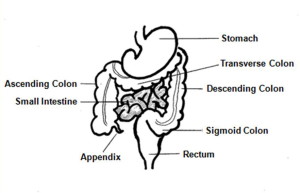
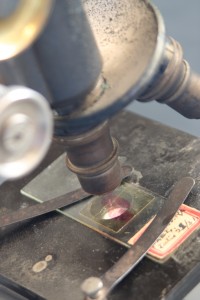
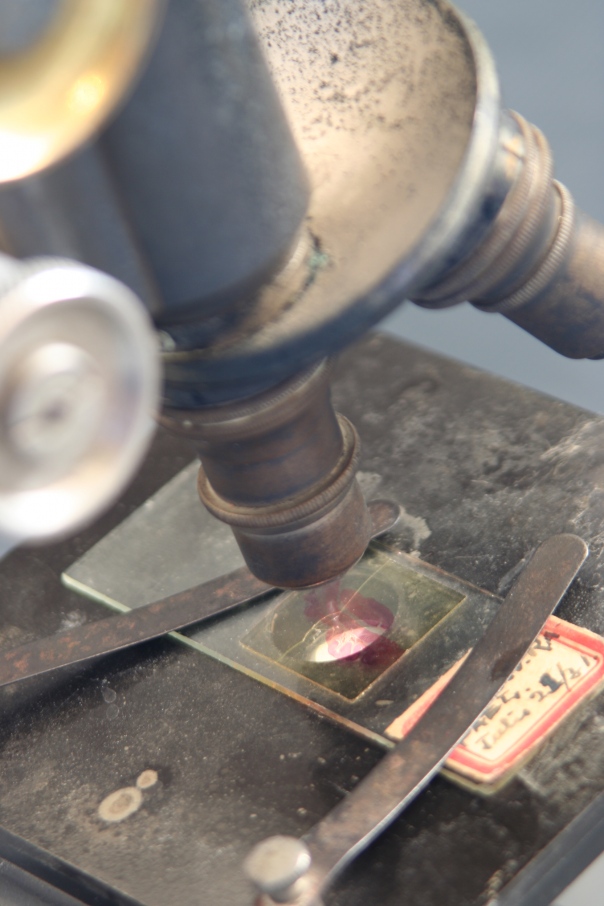
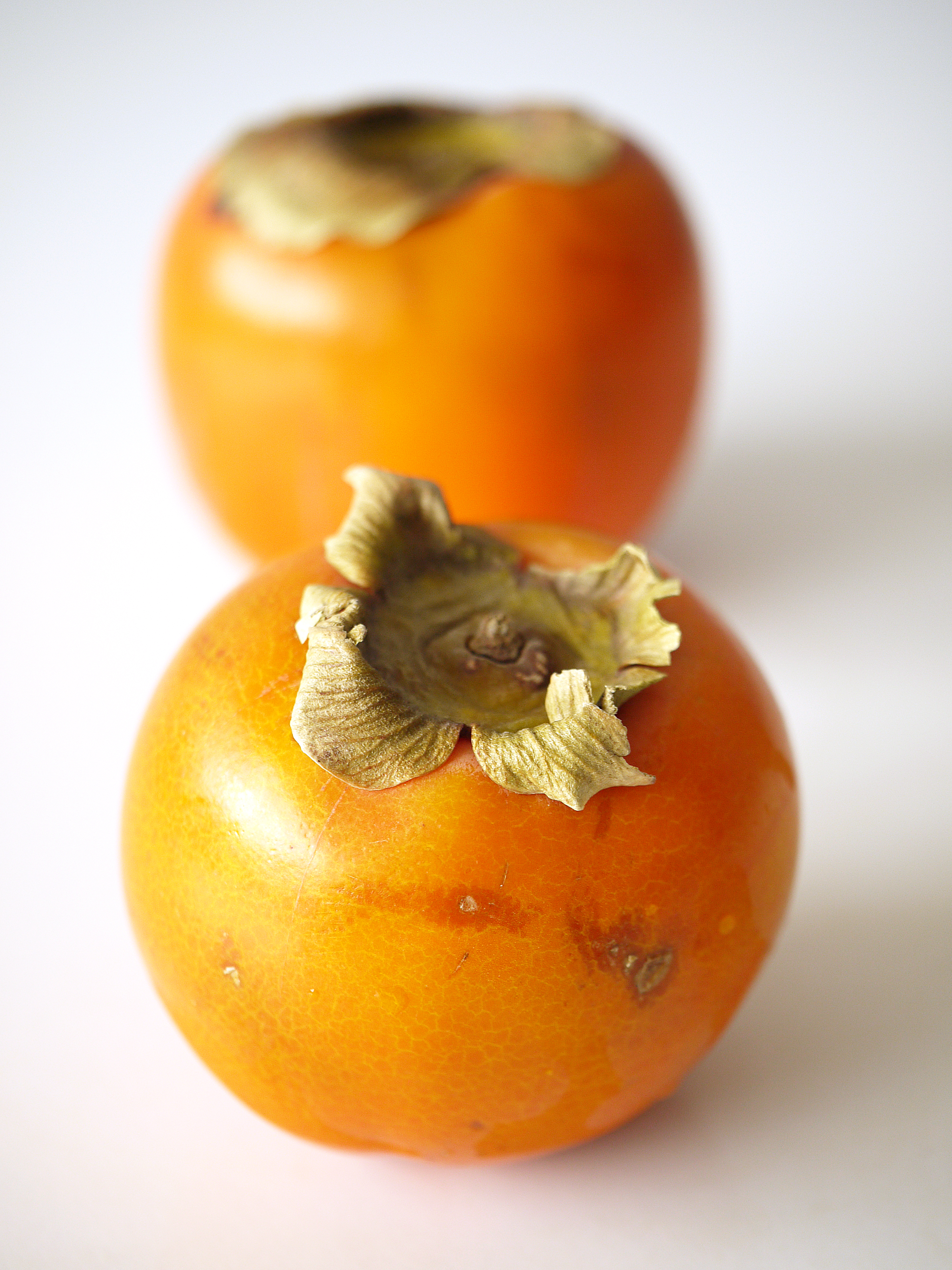
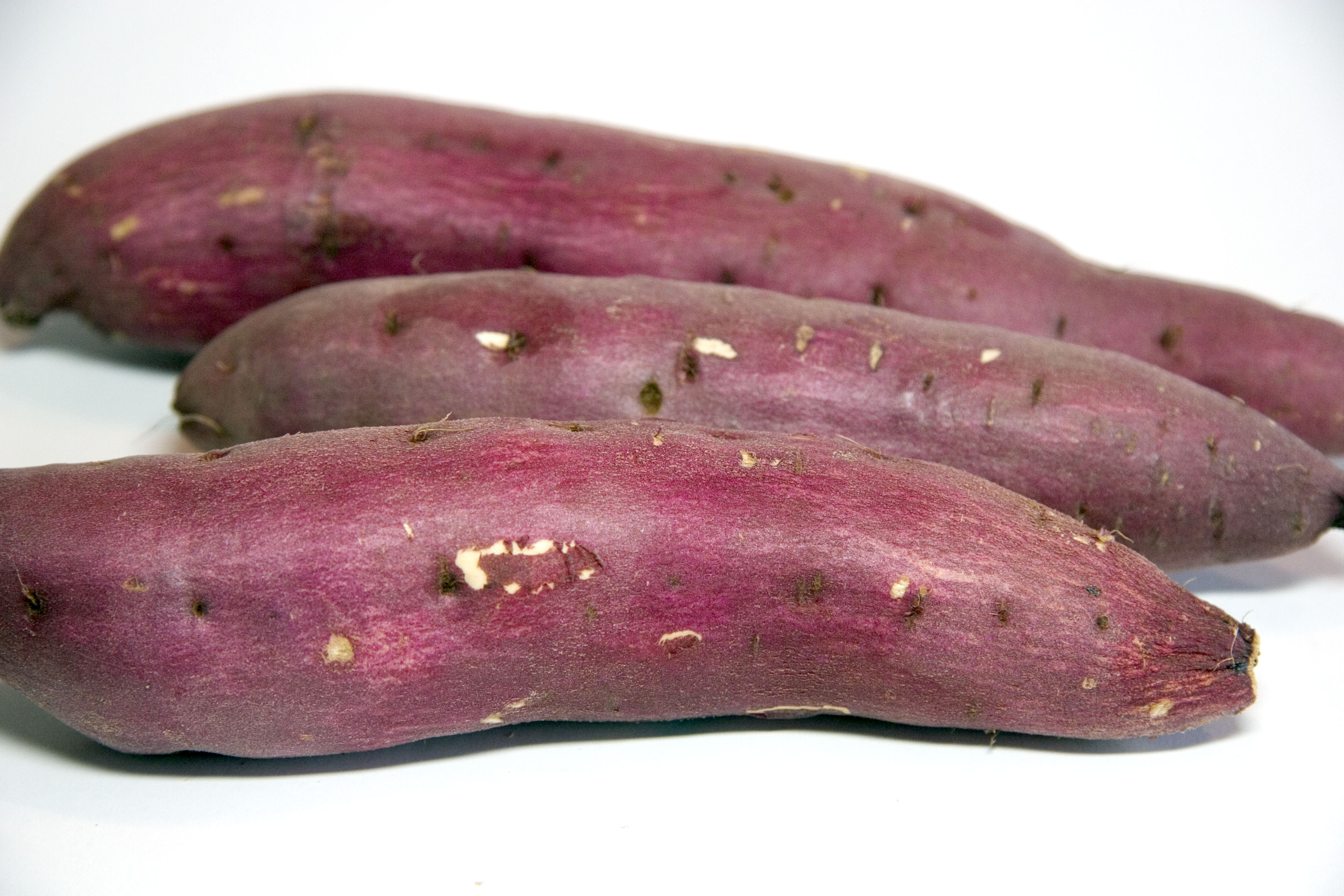
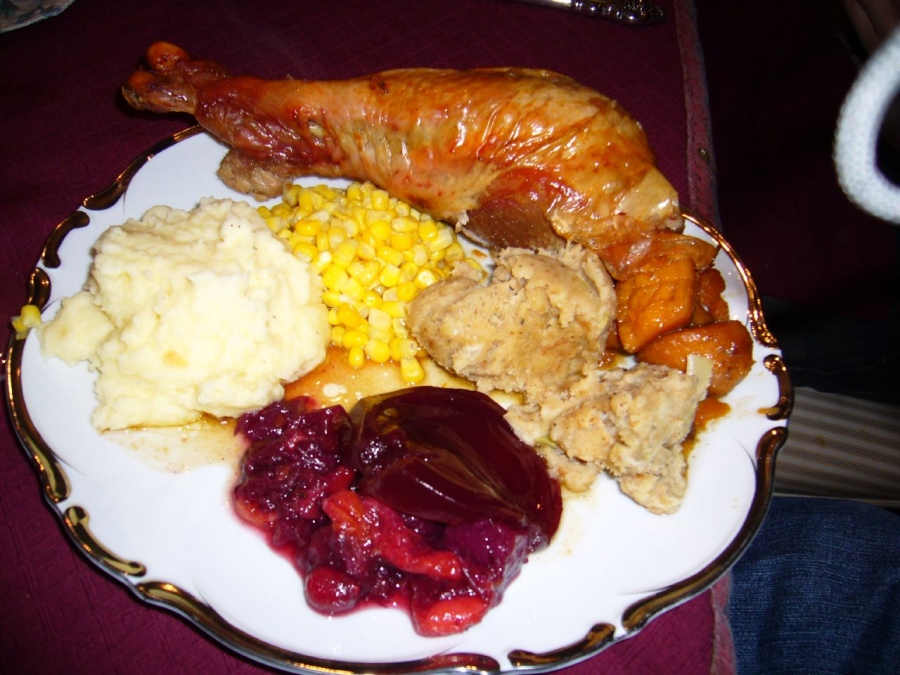
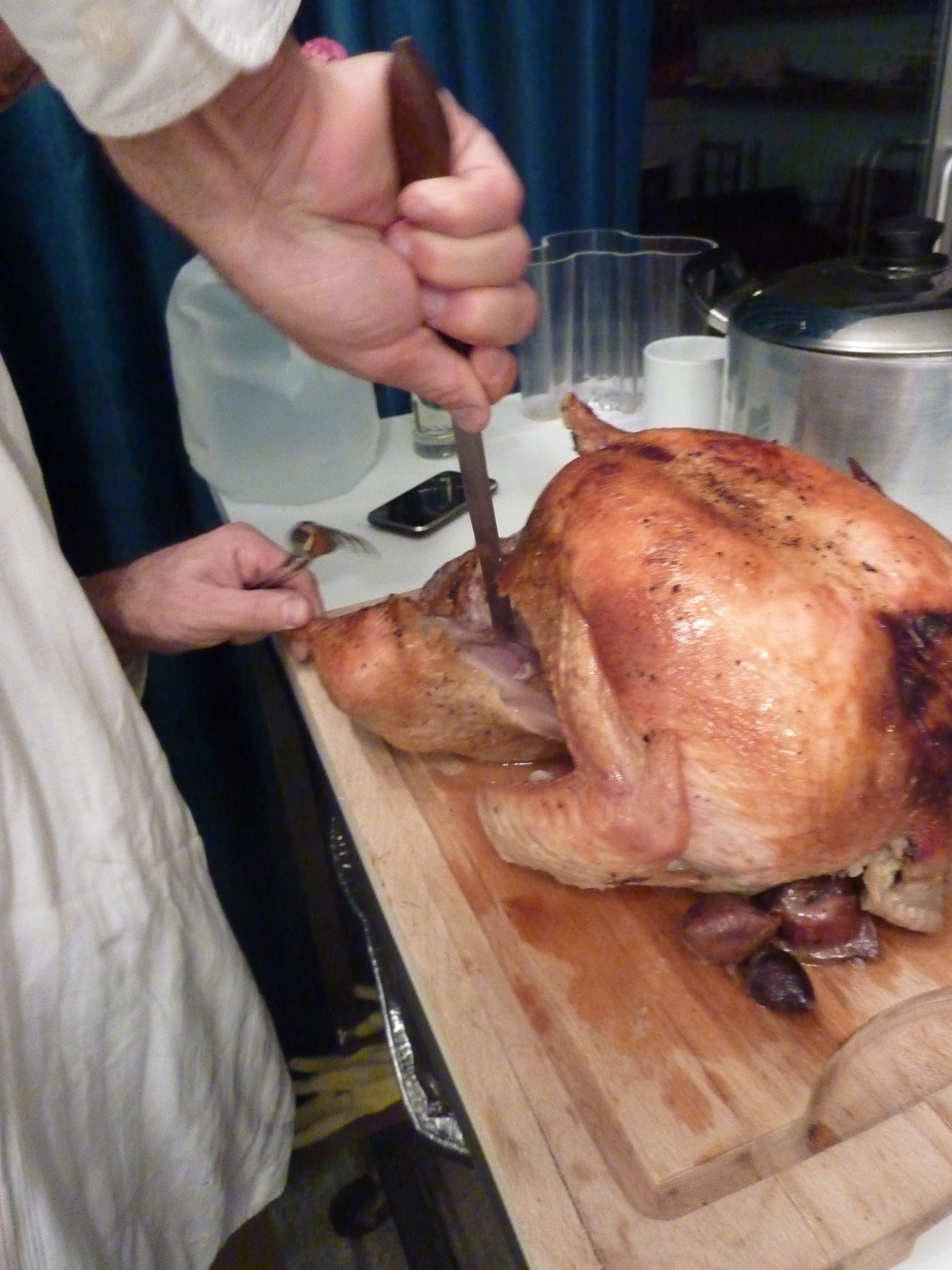
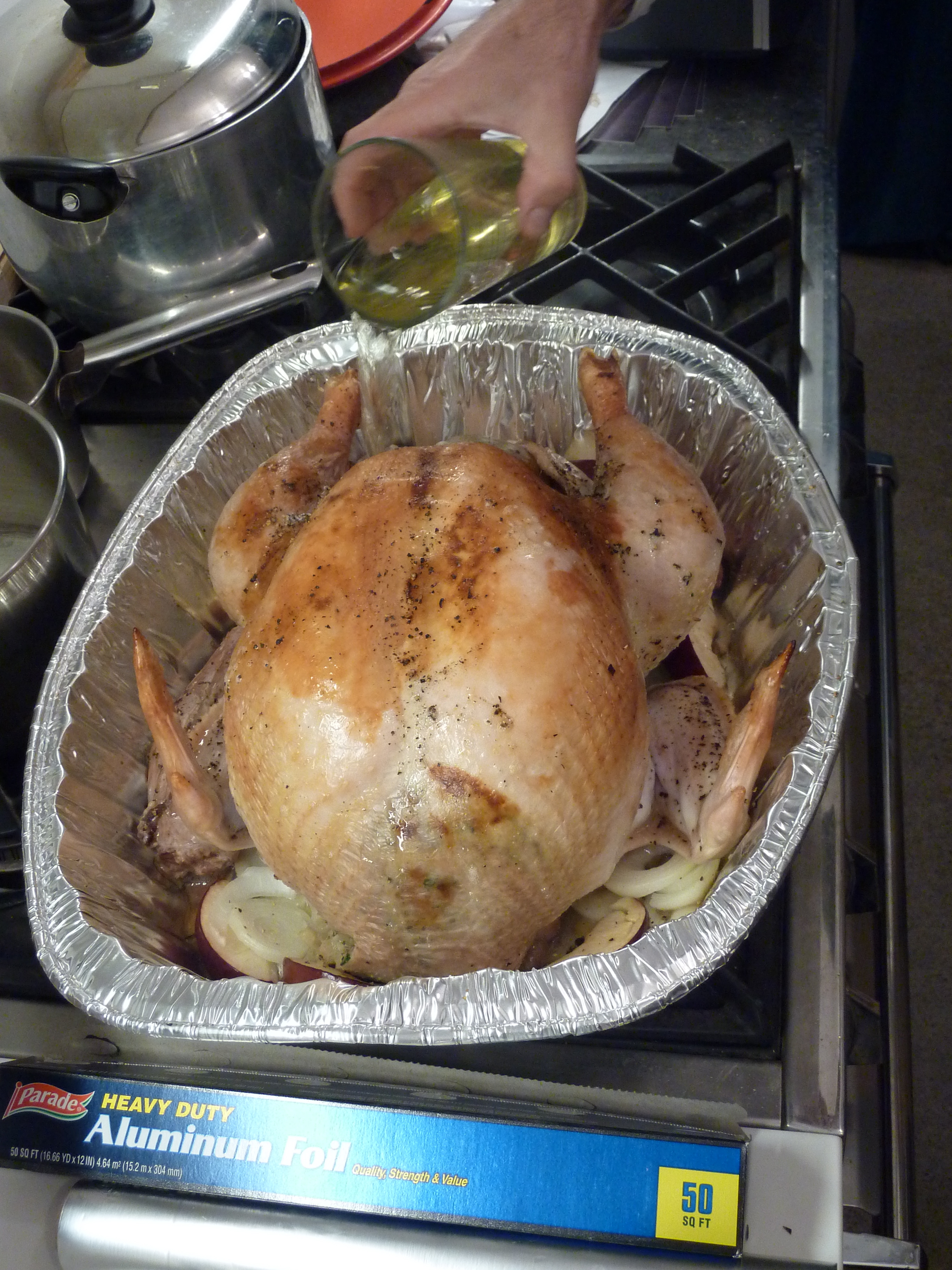

Follow Me!